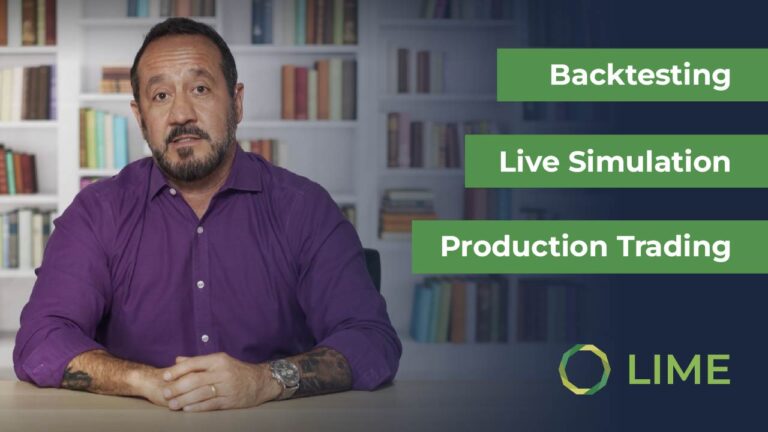In a Brittle Economy, the American Consumer Remains King
In this series of Newsletters, we have covered different investment strategies using a spectrum of instruments, for example, directional as well as hedging strategies with options, currency tilts with ETFs and ADRs, and safer investments in TIPS as safe haven for the high degree of uncertainty prevailing today.
We now look at the fundamentals of the principal global economic driver: the American Consumer. To put it in context, the US economy is about 25.5% of the World’s economy, and consumption represents 67.5% of the country’s GDP, according to the United Nations. Meaning, of every $10 of economic activity in the world, the American consumer generates $1.70.
Data sourced from United Nations, 2020
All of which is to say that the American consumer takes up a big chunk of the World’s manufacturing – from sneakers to heavy machinery to orange juice.
Despite the spike in inflation and the lingering risk of recession, the American consumer remains solid. Year-over-year consumption continues growing – albeit at a smaller pace – fueled by a combination of government subsidies, inflation-adjustments to social security payments, and a solid employment market with associated wage increases. Moreover, considering the robust performance of the US$ vs foreign currencies, the US$ cost of imported goods is likely to drop as we go into the last few months of the year – just in time for the peak retail season between Black Friday and Christmas.
Exposure to the American Consumer – ETF v Stocks
As we have discussed previously, investors have an option of gaining a wider, thematic exposure to the American consumer by choosing sector ETFs or selecting individual stocks for a more direct and selective exposure to the sector.
Retail-themed exchange traded funds (ETFs) with large market cap and an active and liquid market include VCR (Consumer Discretionary, Vanguard), IYK (US Consumer Staples, Blackrock’s iShares), and XRT (SPDR S&P Retail, State Street). Some of the main benefits of gaining exposure to the sector through ETFs are (i) simplicity, as investors that are attracted to the secular trend benefiting the retail sector skip the need to select individual stocks based on valuation, catalysts, etc.; and (ii) diversification, as investors avoid the risk of negative catalysts specific to a single name. To see a broader list of retail-themed ETF’s go to State Street Global Advisors or iShares.
Conversely, investors that want to narrow their selection to specific stocks could select from a list of the larger retail names listed in the S&P500.
The three largest importers in the US, which are benefiting from lower inventory costs as the dollar gains, are:
What could go wrong with this type of strategy?
This sector-specific selection has both a risk of underperforming the wider equity market, as well as a risk of further selling off in stocks in general. The sector-specific underperformance could be triggered by a number of catalysts – from an inflection in the positive wage and employment trends, to a rebound in inflation eroding the consumer’s purchasing power. Simultaneously, the non-diversifiable risk of a continuing bear market remains. More hawkish signaling from the Fed, including rising rates, as well as more dramatic-than-expected economic slowdown, could pull the general market down dragging the retail sector with it.
© 2022 Securities are offered by Lime Trading Corp., member FINRA & SIPC, NFA, Lime Advisory Corp is an investment adviser registered with the SEC. and Lime FinTech is a technology business. Collectively known as “Lime Financial” or “Lime” provide various trading, investment advisory services, and technology solutions including web and mobile trading applications, to retail and institutional investors. All investing incurs risk, including but not limited to loss of principal. Further information may be found on our Disclosures Page.
Please read the Options Disclosure Document titled “Characteristics and Risks of Standardized Options” before trading options.
Options trading entails significant risk and is not appropriate for all investors. Certain options strategies carry additional risk and investors may lose 100% of funds invested in a short period of time. Investors should consult with a tax advisor as to how taxes may affect the outcome of any options strategy. Options trading privileges are subject to Lime Trading Corp. review and approval. Transaction costs may be significant in multi-leg option strategies, including spreads and straddles, as they involve multiple commission charges.
This material has been prepared for informational purposes only and is NOT intended to provide nor should it be relied on for tax, legal, or accounting advice. Please consult your own tax, legal, and accounting advisors before engaging in any securities transactions as each individual investment(s) may result in diverse/adverse tax implications that will affect the outcome of any investment strategy. No information presented herein should be considered an offer to buy or sell a particular type of security. This is not an offer or solicitation in any jurisdiction where we are not advertised to do business. Other fees, such as regulatory, service, or other fees, may apply. Please visit our Pricing Page for further information. Investments involve risk, past performance does not represent future results. Diversification may help spread risk but does not protect in a down market. You may lose all of your investment. Investors should evaluate their financial situation, investment objectives, and goals before investing. Substantial risks are involved with electronic trading. Day trading involves significant risk and is not suitable for all investors. Please see our Day Trading Risk Disclosure Statement for more detailed information. Trading on margin is not appropriate for every investor. Please see our Margin Disclosure Statement for information on risks. System response may vary due to multiple factors including but not limited to trading volumes, market conditions, system performance, and other factors. Access to electronic services may be limited or unavailable during periods of peak demand, market volatility, systems upgrades, maintenance, or for other reasons.
Exchange Traded Funds (ETFs) are subject to market risk, including the loss of principal. The value of any ETF and thus the portfolio that holds an ETF will fluctuate with the value of the underlying securities in the ETF reference basket. ETFs trade with the same brokerage commissions associated with buying and selling equities unless trading occurs in a fee-based account. ETFs often trade for less than their net asset value. Refer to Disclosure Statements | Lime Financial.





